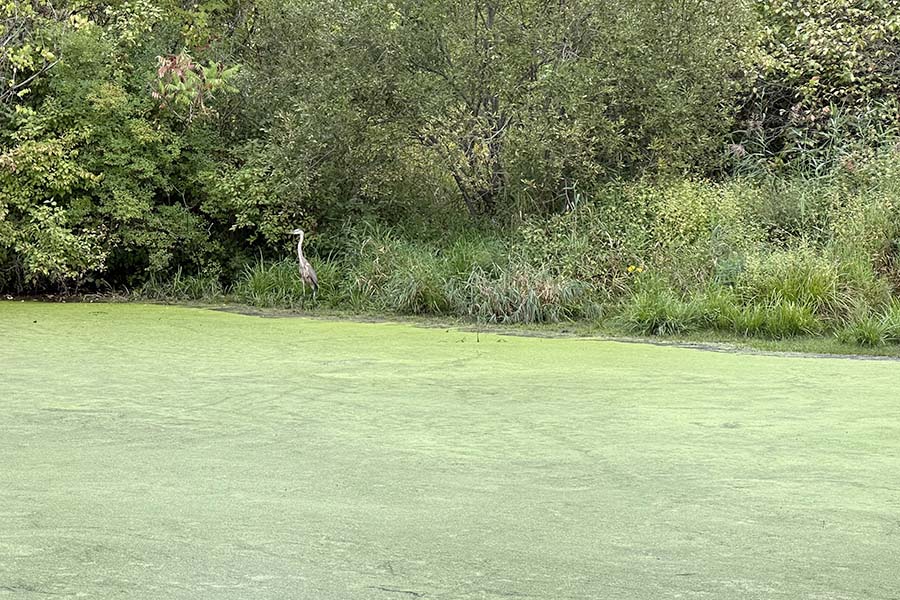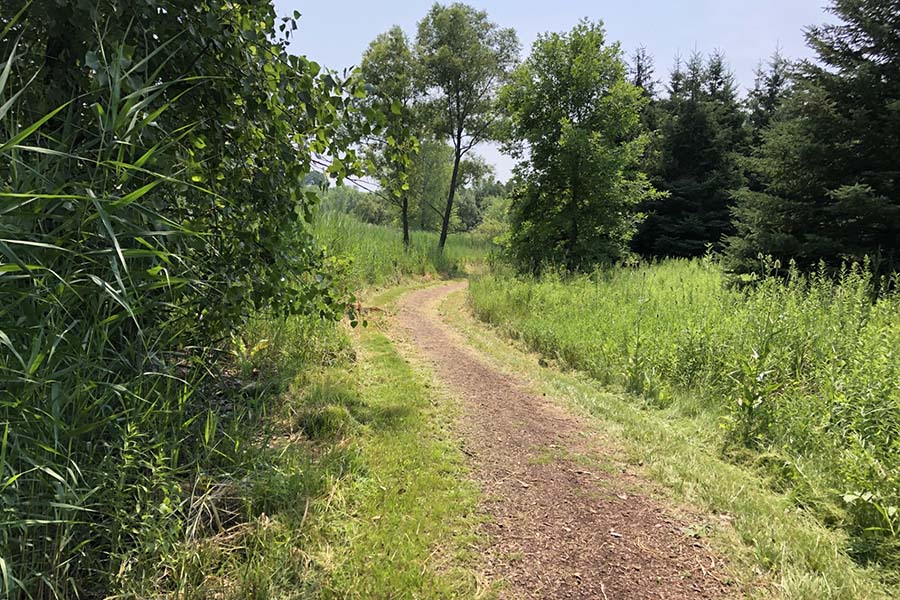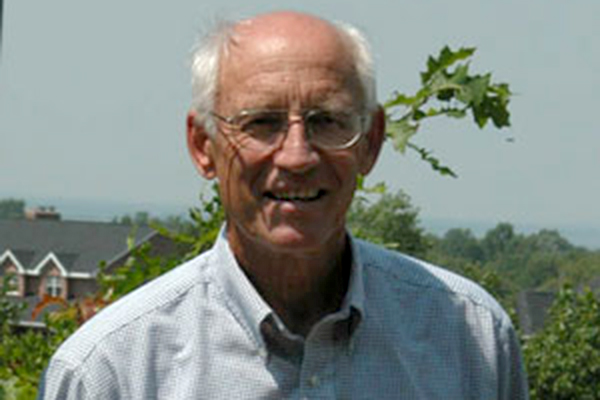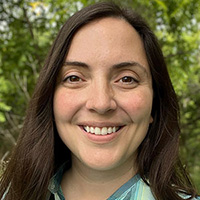Sager Tract
An Important
Water Resource
The tract preserves drainage to the Bay.
With two ponds, wetlands and several natural springs on the slopes, the Sager Tract helps filter and clean the water before it drains into the Bay. These wetlands remove pollutants and provide habitat for wildlife. They also help control flooding by absorbing excess rainwater.


From Wetlands to Woods
Converting the tract into a true forest.
Two ponds on the property have been deepened to provide wildlife habitat. Other plantings and natural re-vegetation have helped maintain the uplands as “old field” habitat, which will eventually lead to woodland. In about 70 years, the area will become a hardwood forest, similar to its conditions when Europeans settled here in the 1800s. At that time, the name “Paul Sager Tract” will be changed to “Paul Sager Woods."

Paul Sager, UW-Green Bay Faculty Member
History
The tract was previously owned by Bob Schott, a former Supervisor of Custodial Services at UW-Green Bay. Bob and his wife still reside near the Cofrin Arboretum. The property was purchased from the Schotts by The Nature Conservancy on December 22, 1994, with funding from donations by Dr. David A. Cofrin and the AEC Trust and with a matching grant from the Wisconsin Stewardship Program, administered by the Wisconsin Department of Natural Resources. Then, in 1996, the title was transferred to UW-Green Bay.
The site is named for UW-Green Bay professor Dr. Paul Sager who worked with the Schotts and The Nature Conservancy to preserve this area as part of the Cofrin Memorial Arboretum. A native of northeastern Wisconsin, he was instrumental in helping UW-Green Bay achieve international distinction as Eco-U®. In 1989, he became director of the Arboretum. Under his leadership, it saw significant growth with new plantings, further restoration of wetlands and ponds, and the acquisition of new properties.

Meet Your Guide
As Director of the Cofrin Center Biodiversity, Mandy Banet is committed to preserving and conserving NE Wisconsin. If you have questions about the Sager Tract, she is here to help.